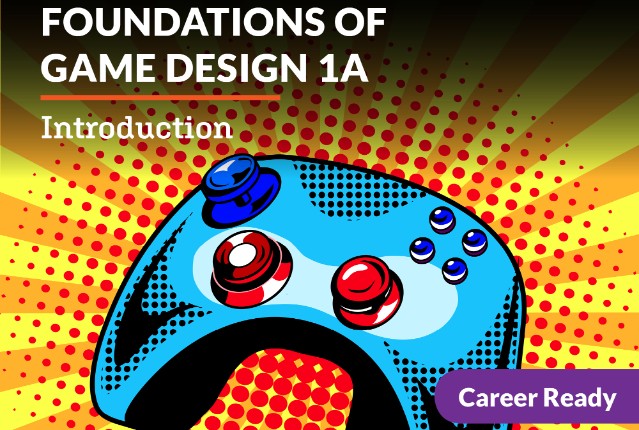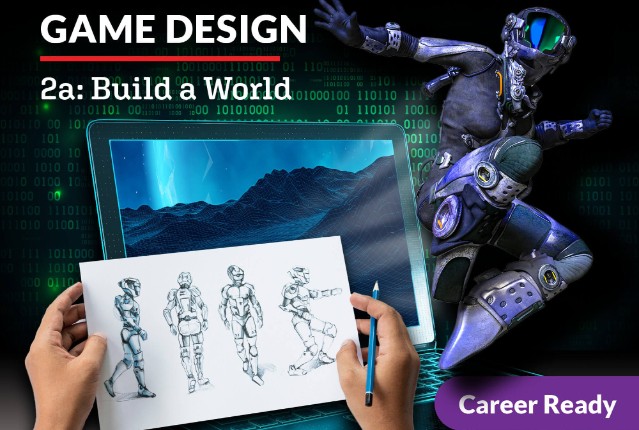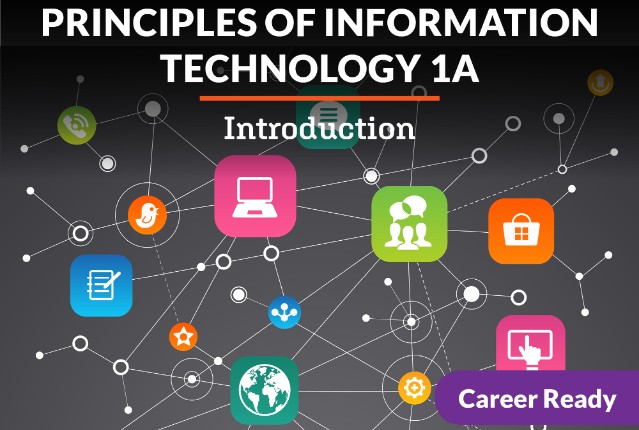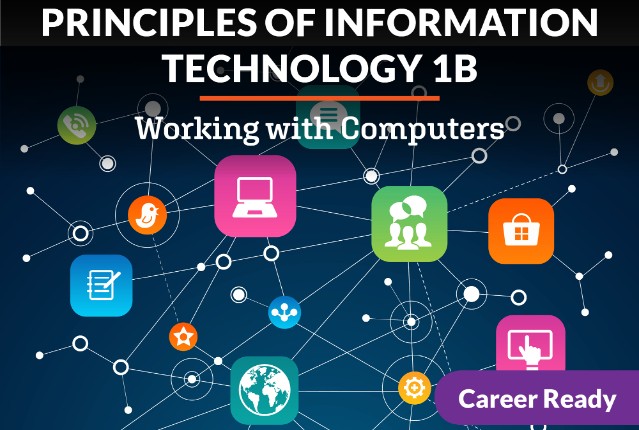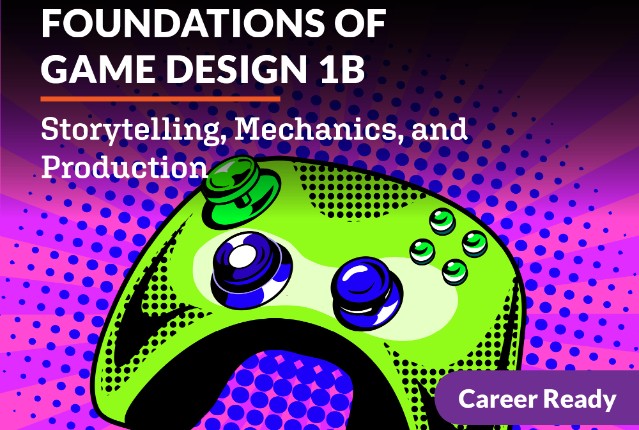
Foundations of Game Design 1b: Storytelling, Mechanics, and Production
Now that you have the basics of game design down, let’s use your creativity to develop a game from start to finish! Develop your game creation skills and practice with the tools professionals use to launch your career options in the field of game design. The content of this course also applies to certification exams.
Review course outlineAccess for a year
USD 299.00*
* Choose more courses to get a discount
